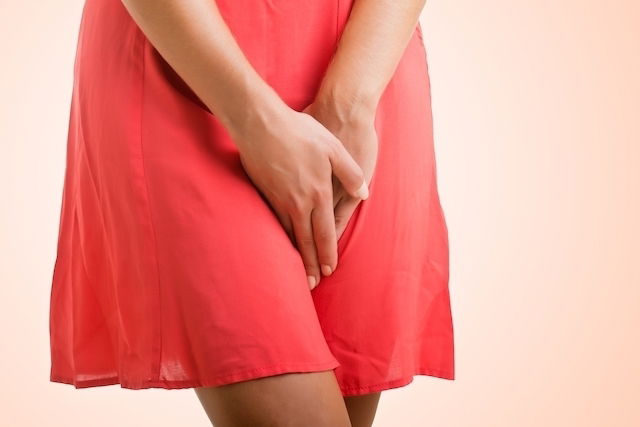Some effective ways to get rid of a yeast infection include using antifungal creams or ointments, applying vaginal suppositories, taking oral antifungal medication, and doing sitz baths—all under medical supervision.
Simple habits like changing out of wet clothes, avoiding vaginal douches, taking probiotics, and changing pads frequently can also help prevent yeast infections.
A yeast infection, or vaginal candidiasis, is caused by an overgrowth of the fungus Candida albicans, which most often affects the genital area and causes symptoms like intense itching, redness, and thick white vaginal discharge.

Medical interventions
Some of the most effective treatments to get rid of a yeast infection include:
-
Using antifungal creams or ointments, such as clotrimazole, miconazole, terconazole, or nystatin
-
Applying vaginal suppositories, like miconazole, terconazole, or tioconazole
-
Taking oral antifungal medication, such as fluconazole or ketoconazole
-
Doing sitz baths with baking soda or chamomile
These yeast infection treatments should always be done under medical guidance, following the dosage and treatment duration recommended by a healthcare provider.
Does a yeast infection go away on its own?
In mild cases, a yeast infection may go away on its own. However, in most situations, proper treatment prescribed by a doctor is necessary to fully eliminate the infection and prevent it from coming back or causing complications.
Prevention tips
Here are some practical tips to help prevent yeast infections:
1. Change out of wet clothes
The yeast that causes infections thrives in warm, moist environments, making the genital area especially vulnerable to fungal growth.
It’s important to change out of wet underwear, swimsuits, or workout clothes as soon as possible after swimming, bathing, or exercising. This helps prevent the overgrowth of Candida albicans and lowers the risk of infection.
Also, be sure to gently dry the genital area with a soft towel after removing wet clothing to keep the area clean and dry.
2. Wear breathable underwear
Wearing cotton underwear helps keep the genital area dry and prevents heat and moisture buildup.
Avoid synthetic fabrics like Lycra, microfiber, or elastane, as these trap heat and moisture, creating an environment that promotes fungal growth.
It’s also best to avoid tight clothing, such as skinny jeans, leggings, or pantyhose, since these can increase warmth and humidity around the genital area.
3. Avoid vaginal douching
Vaginal douching should be avoided because it can disrupt the natural balance of bacteria and yeast in the vagina, increasing the risk of infection.
Douching removes healthy bacteria that protect against infections, which can lead to an imbalance and allow yeast to multiply more easily.
4. Maintain proper intimate hygiene
Keeping the genital area clean helps maintain a healthy balance of bacteria and prevent yeast overgrowth.
Clean the external genital area once a day with warm water and a mild, unscented soap made for intimate use.
During menstruation, wash the area every time you change your pad or tampon, and avoid using scented wipes or vaginal sprays.
Avoid perfumed products like scented soaps, bubble baths, deodorant sprays, or perfumed pads and tampons, as these can irritate the vaginal area.
After using the bathroom, always wipe from front to back to avoid spreading bacteria to the vagina.
5. Sleep without underwear
Sleeping without underwear helps keep the genital area cool, dry, and well-ventilated, making it harder for yeast to grow.
6. Avoid using wet wipes
Although convenient, wet wipes can cause irritation or allergic reactions in the genital area, upsetting the natural pH balance and bacterial flora, which can lead to yeast overgrowth.
7. Take probiotics
Taking probiotics, such as Lactobacillus acidophilus and Lactobacillus rhamnosus, helps increase levels of beneficial bacteria in the body, supporting a healthy vaginal microbiome and reducing the risk of yeast infections.
8. Change pads regularly
Change menstrual products such as tampons, pads, menstrual cups, or period underwear frequently.
Allowing menstrual fluids or vaginal discharge to accumulate can create a warm, moist environment that encourages the overgrowth of Candida albicans.





























